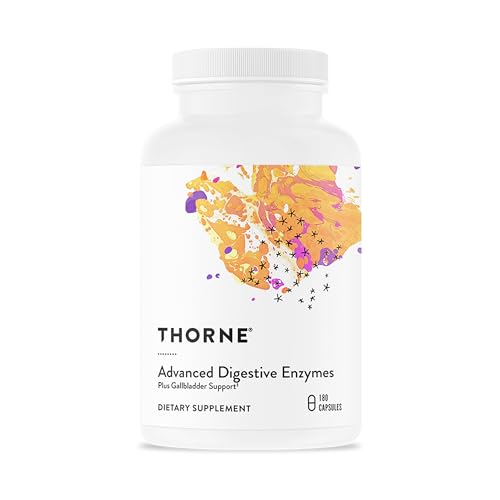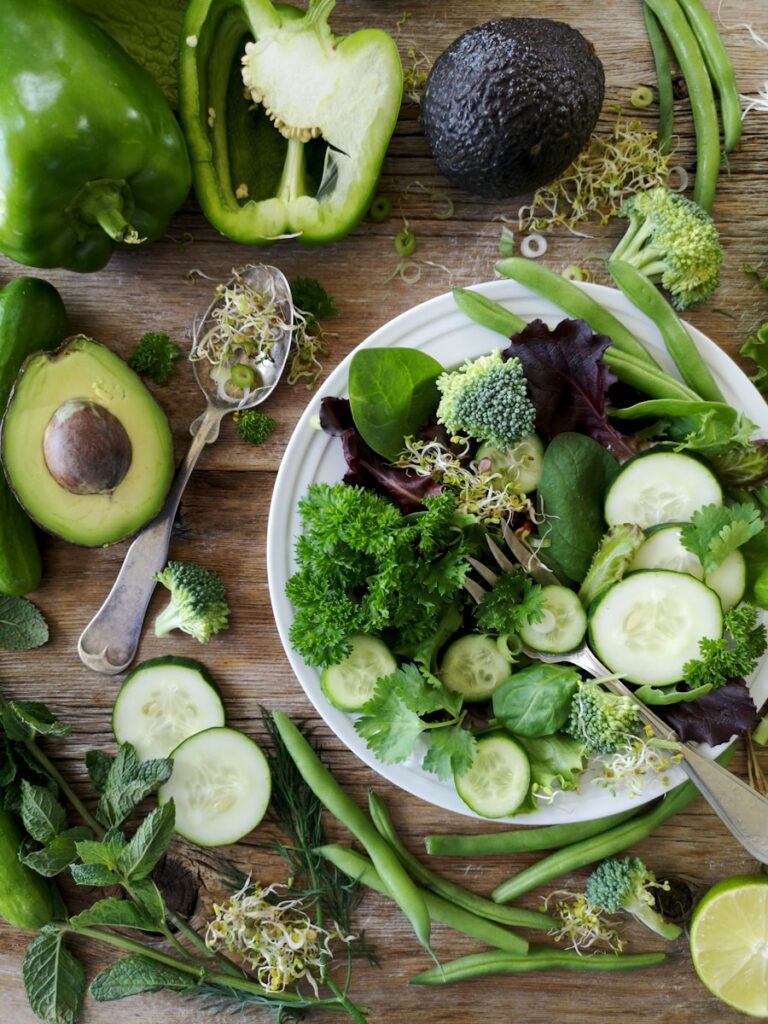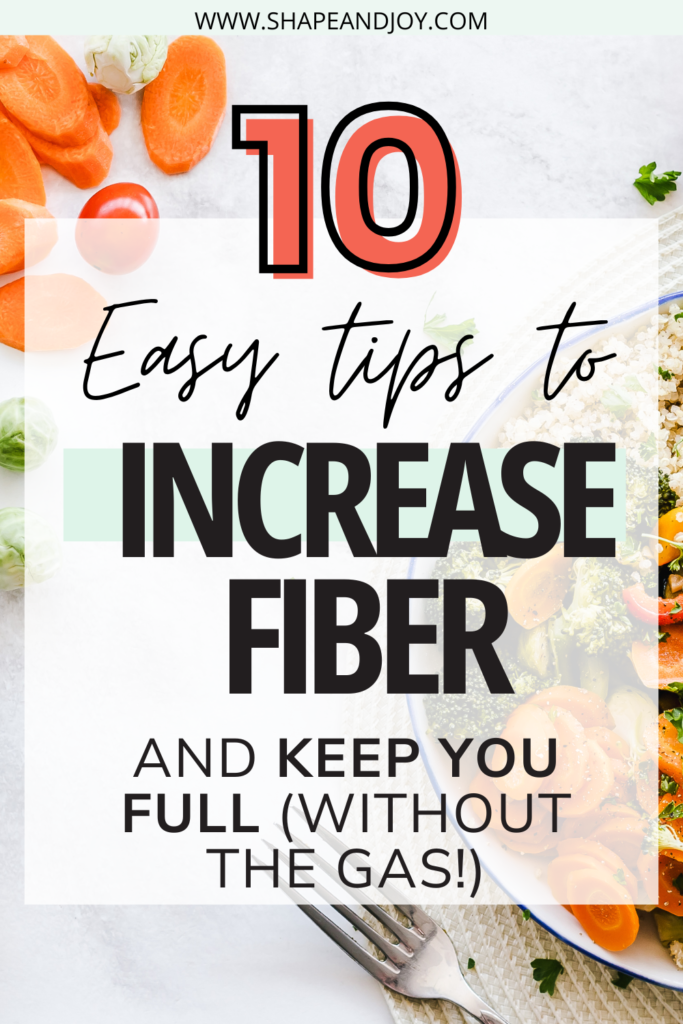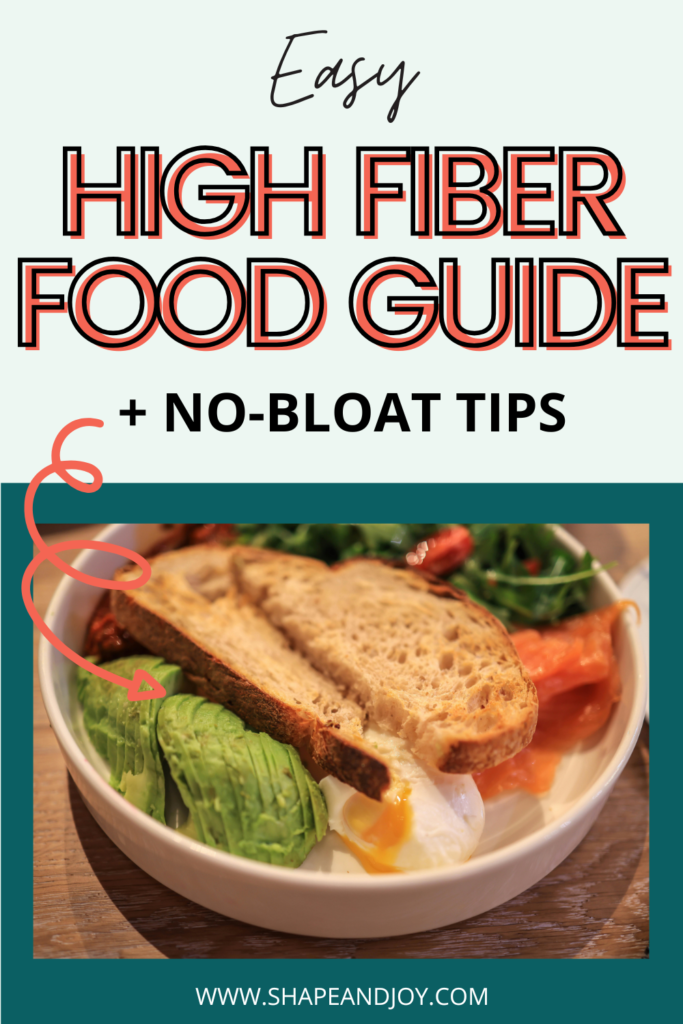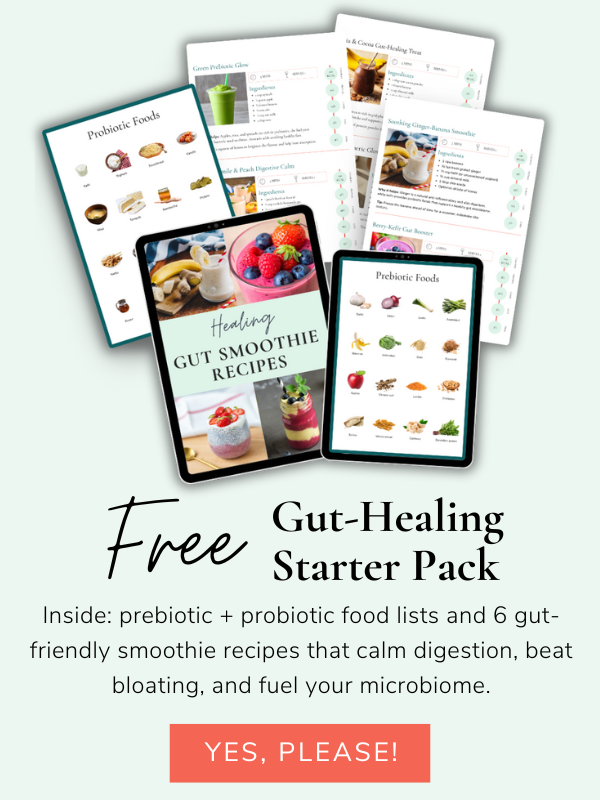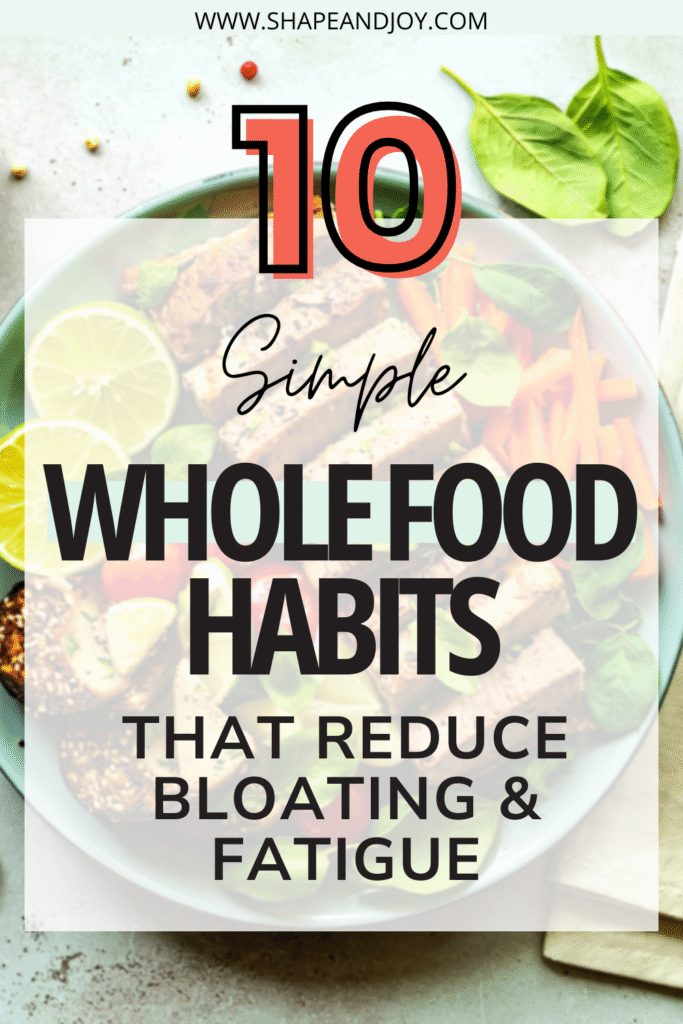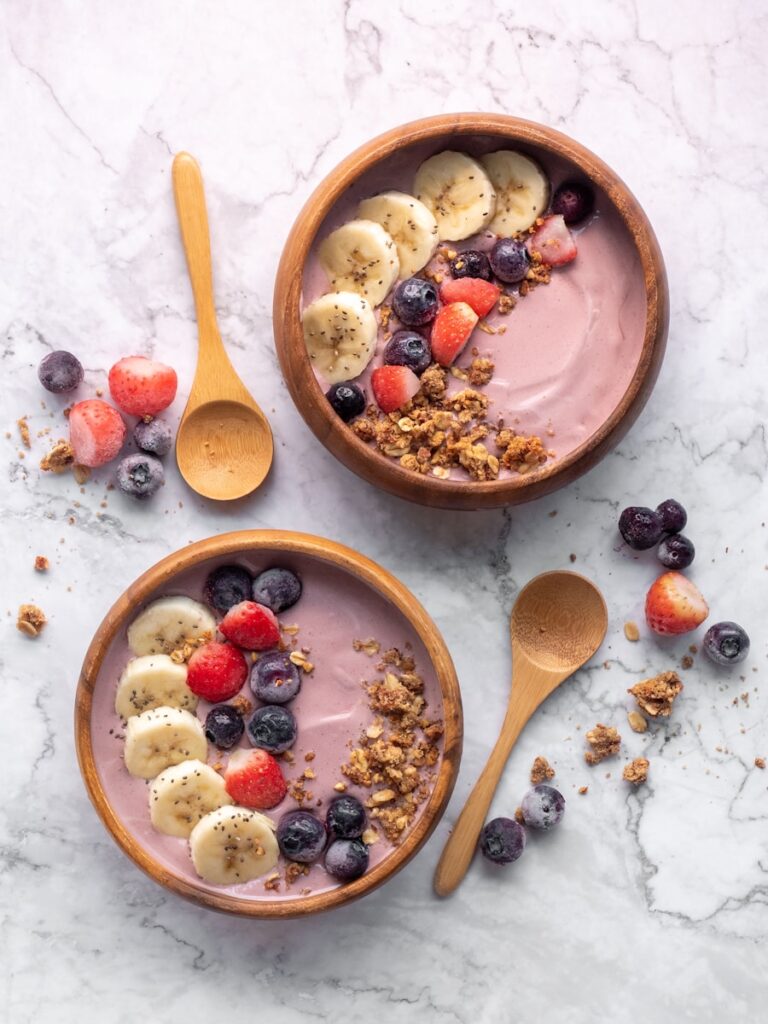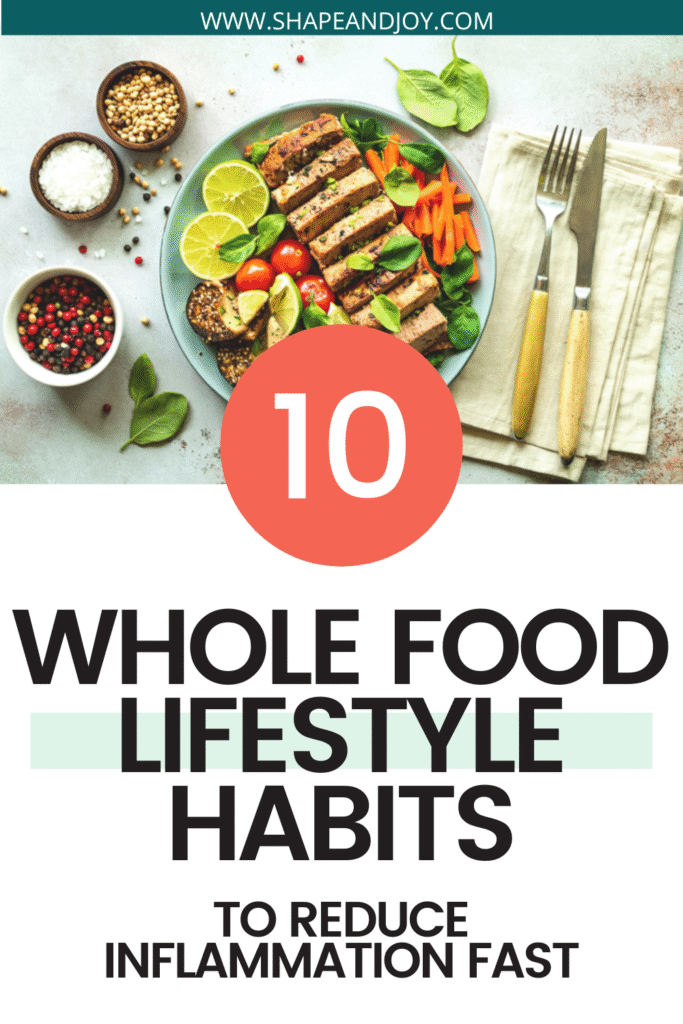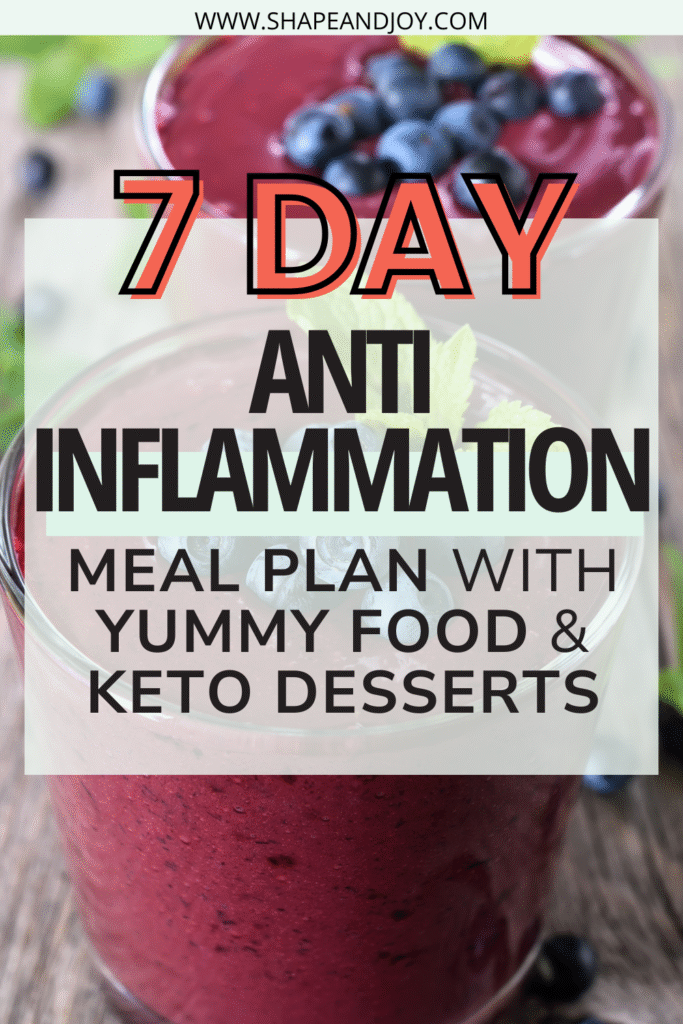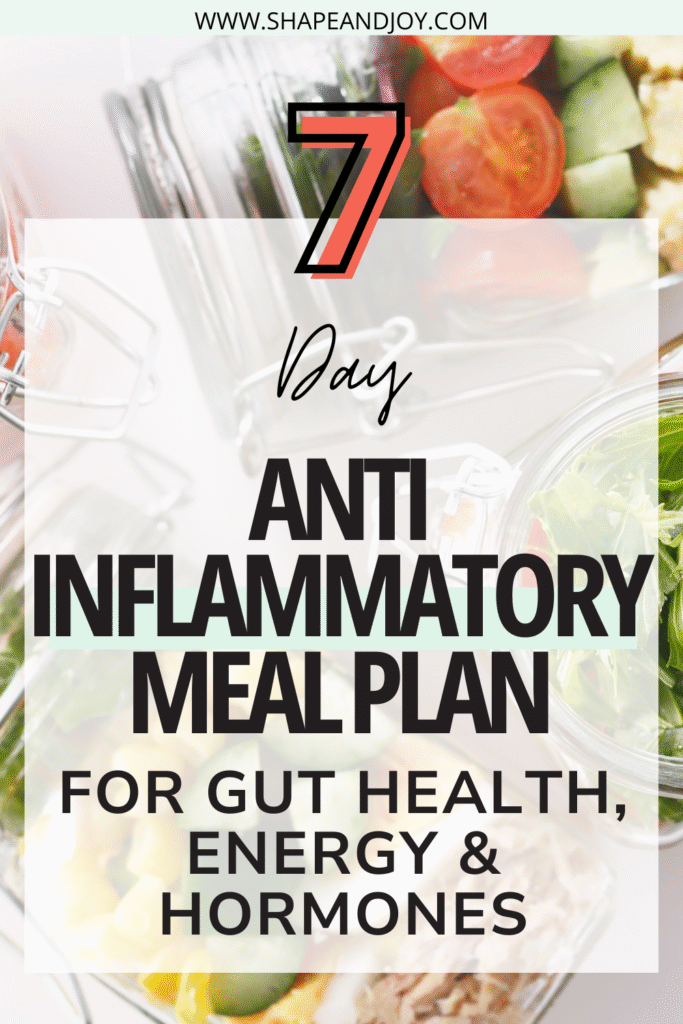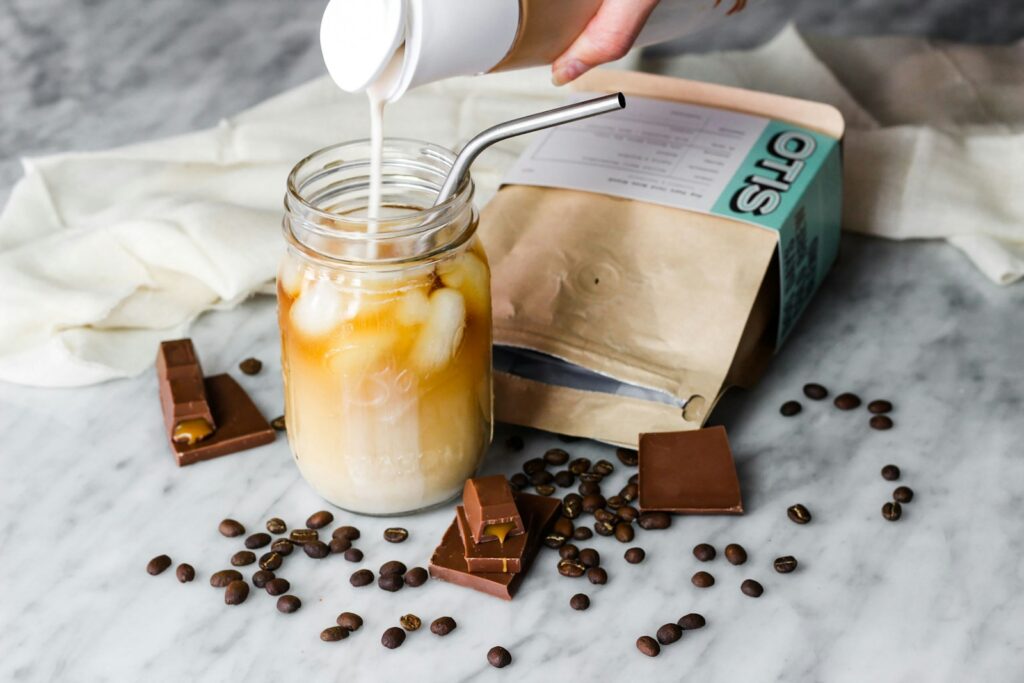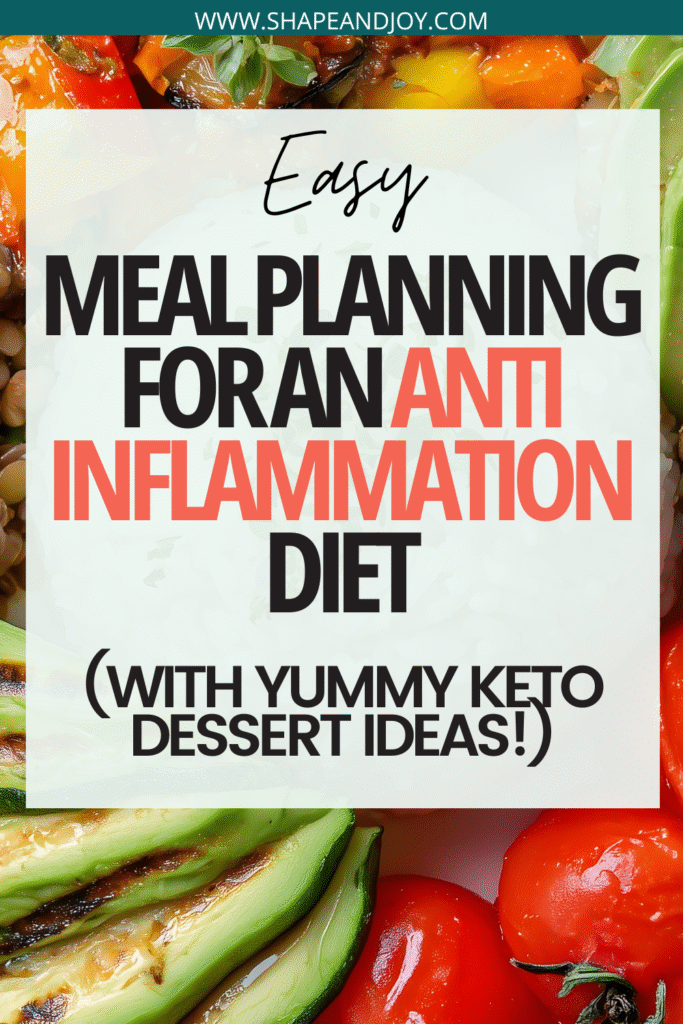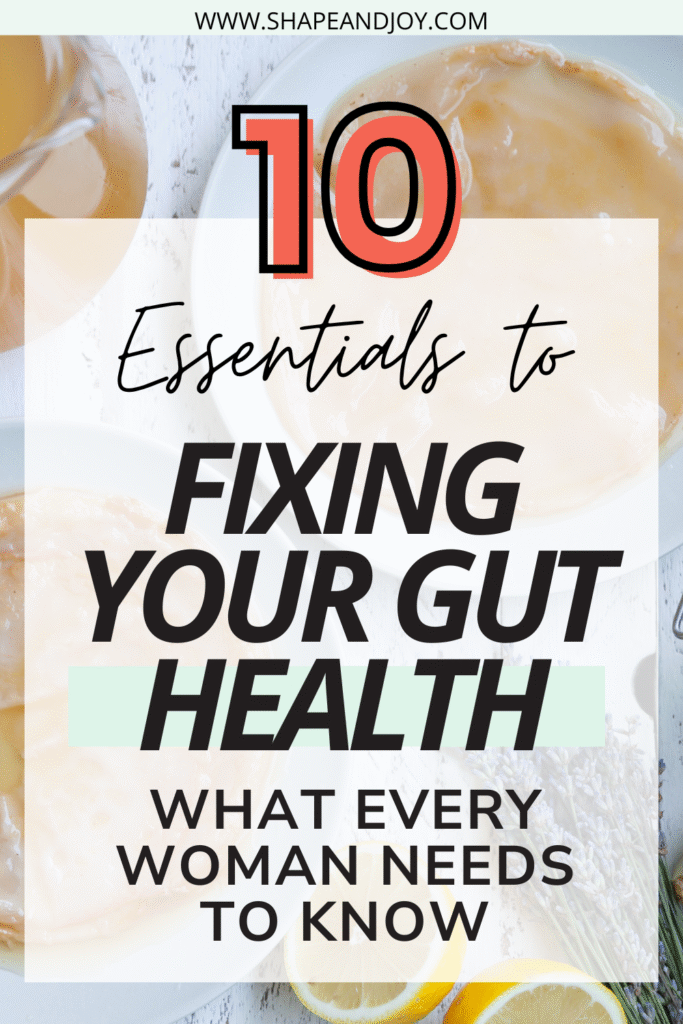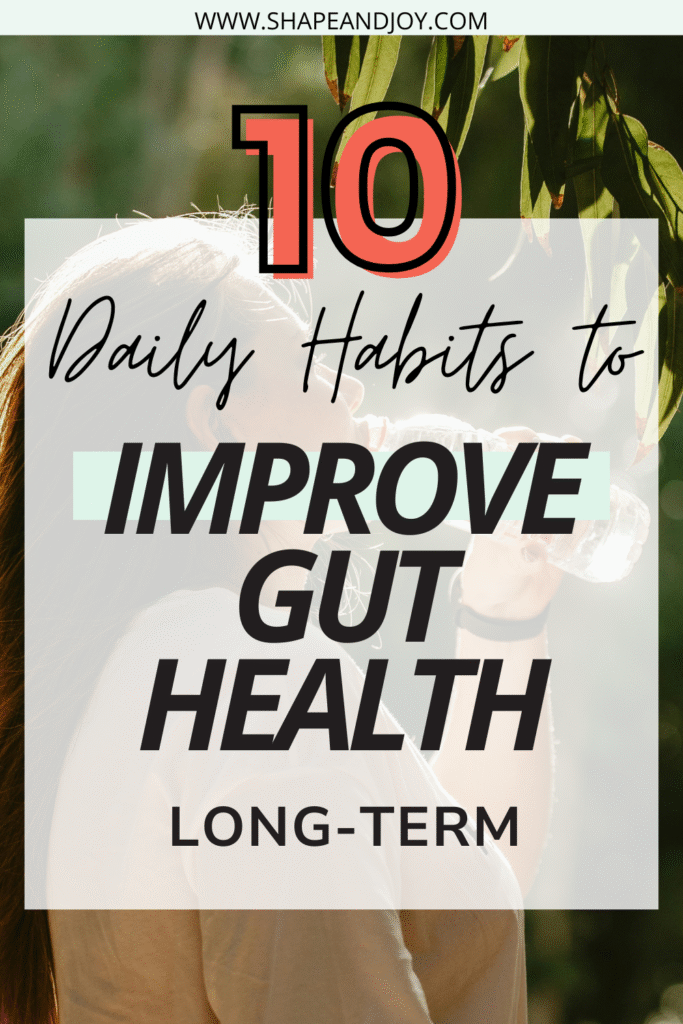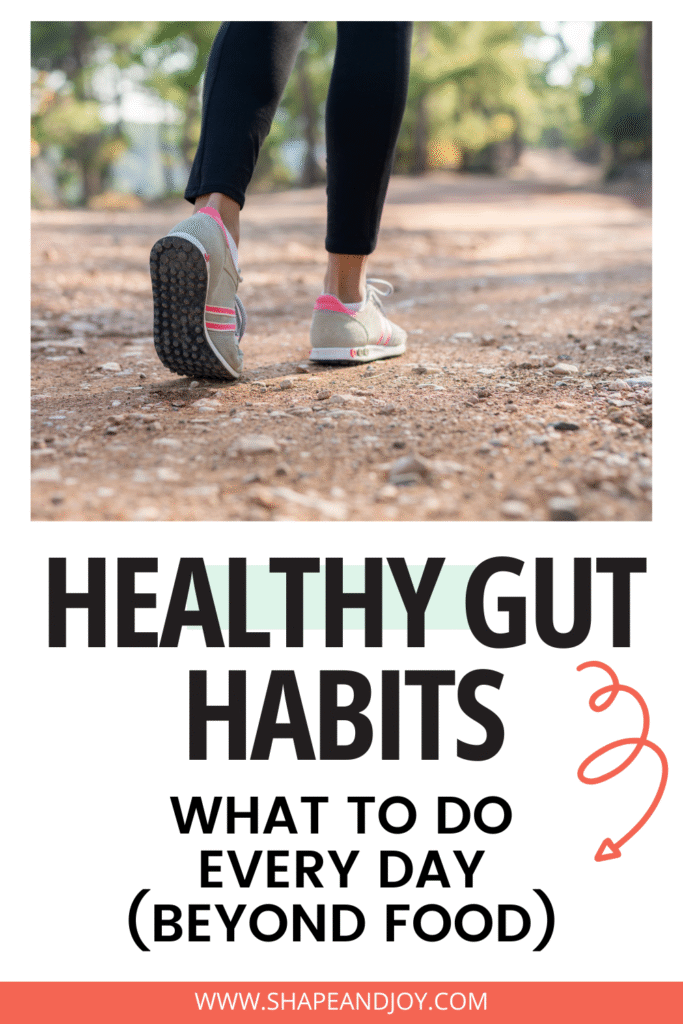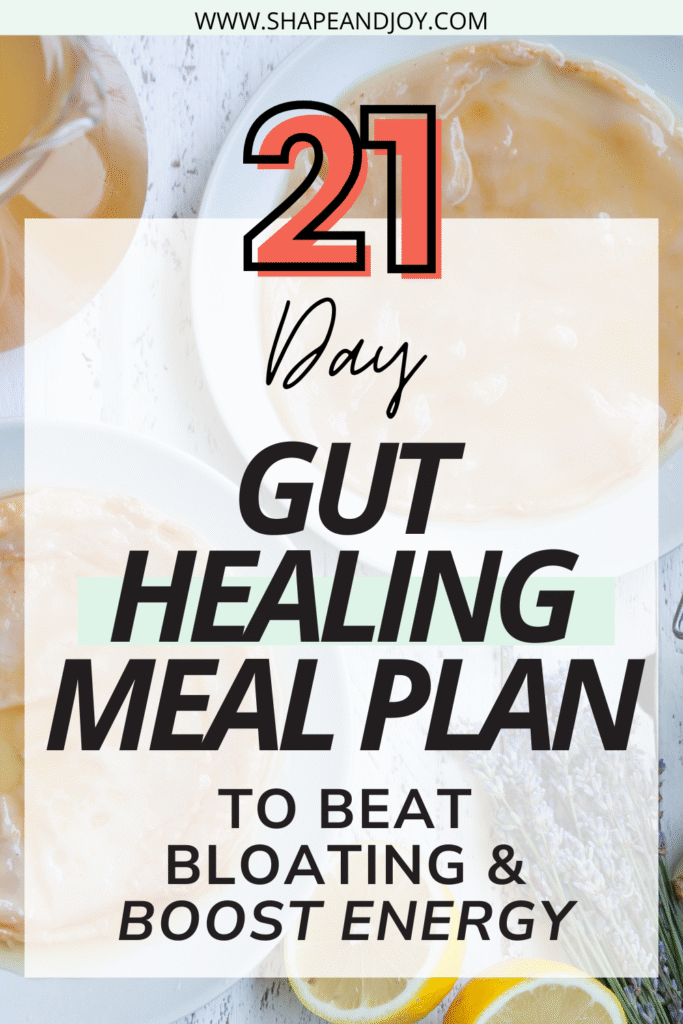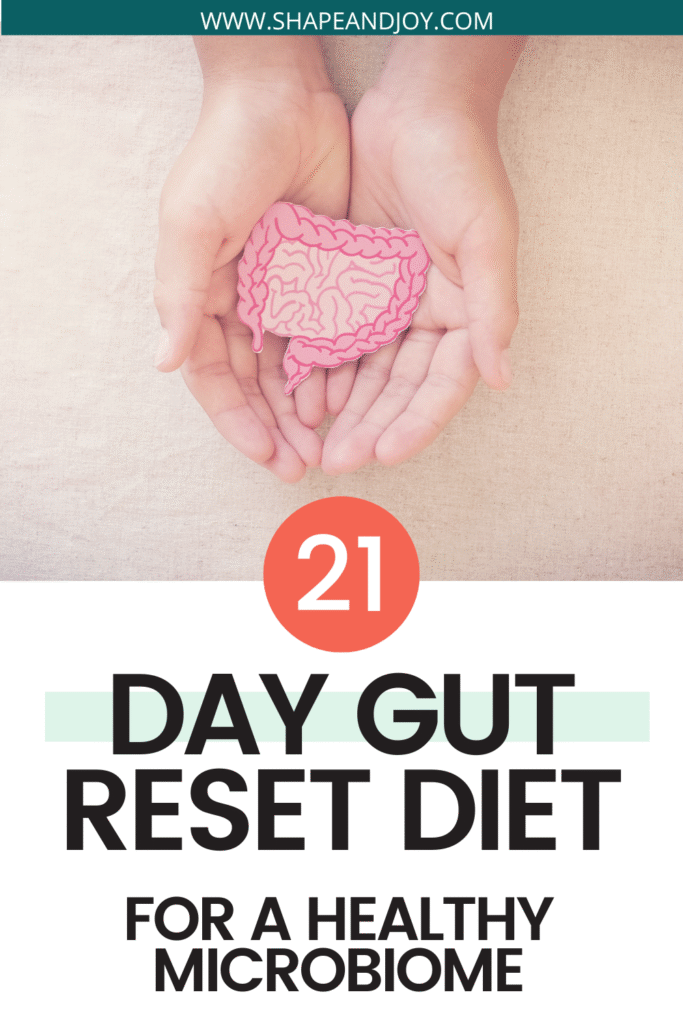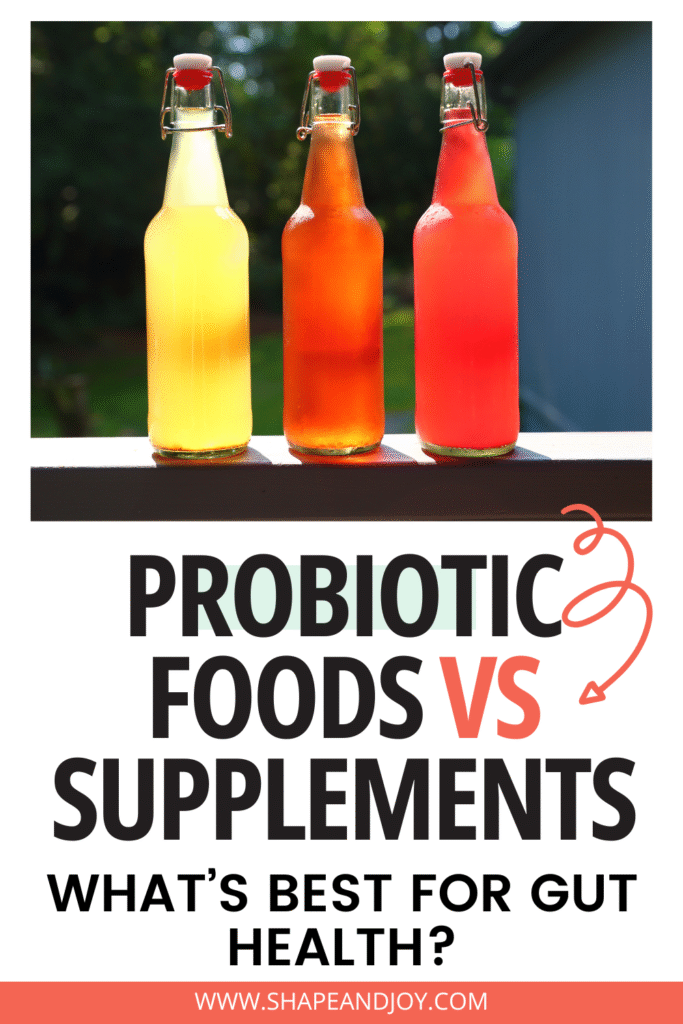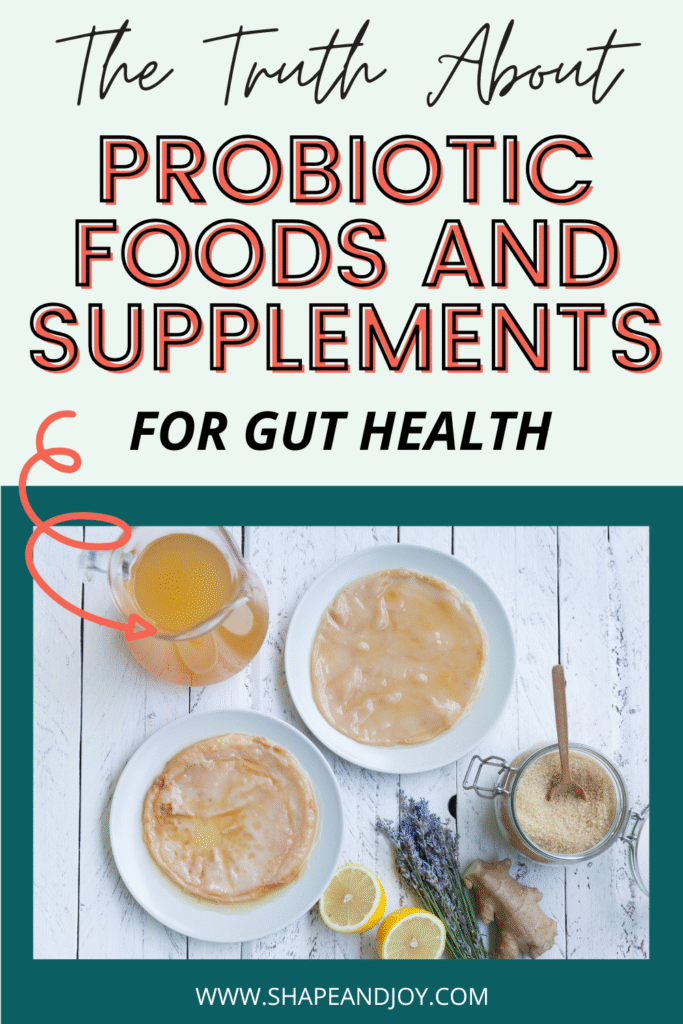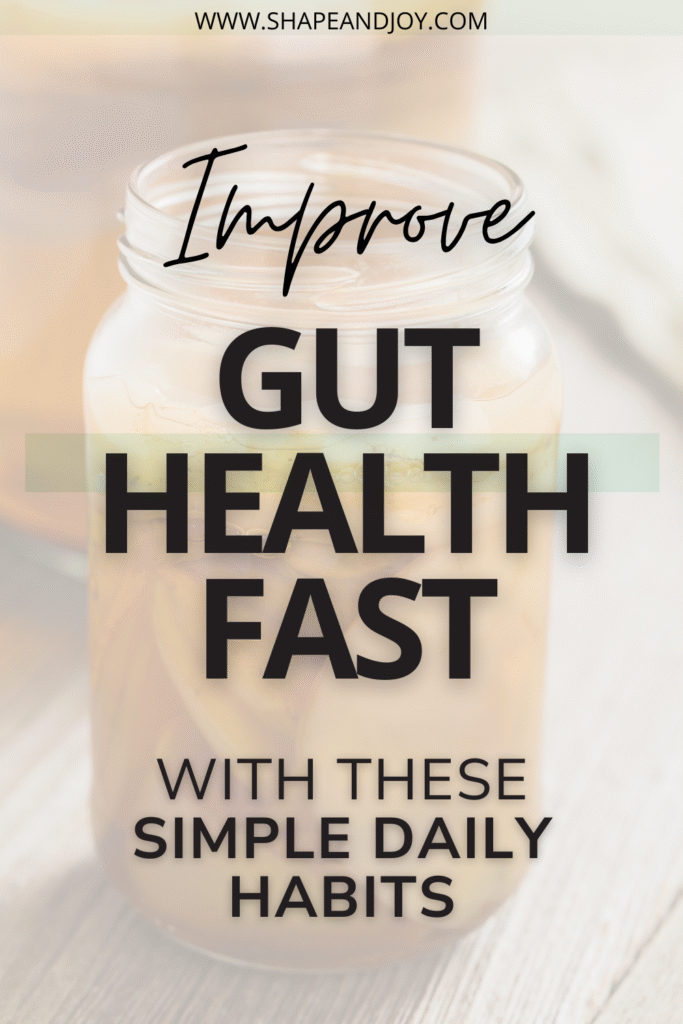14 High Fiber High Protein Meals That Keep You Full for Hours: Easy Dinners & Meal Prep Ideas

If you’ve ever eaten dinner, felt smug for about 40 minutes, and then suddenly needed a second meal… welcome to the club. It’s not your willpower, it’s your meal. Most dinners fall short because they’re missing the dream team: high fiber high protein meals.
When you put fibre and protein together, you stay full for hours, your cravings calm right down, and your energy doesn’t fall off a cliff by 9pm.
This guide is packed with high protein high fiber recipes that are quick, tasty, and actually doable on busy weeknights. You’ll get simple protein foods, delicious combinations, meal prep ideas, and plenty of food with a lot of protein that won’t break the bank.
Whether you’re after a high protein high fiber low calorie meal, a comforting bowl, or something high protein high fiber low carb, we’re covering it all.
Right, make yourself a cuppa, love. Let’s jump into the meals that keep you satisfied long after the plates are cleared.
Why High-Fiber High Protein Meals Are The Fullness Dream Team
Before we dive into recipes, let’s talk about why protein and fiber together are absolute magic. Protein slows down digestion and stabilises your blood sugar, so you’re not crashing into the fridge an hour after eating.
Fiber adds bulk, supports your gut, and keeps everything moving (politely, not dramatically).
But when you combine them? Oh … that’s when the real sorcery happens. High fiber high protein meals keep you full for hours because they take longer to digest and they tell your hunger hormones to calm down and behave.
No more mindless snacking. No more “why am I hungry again?” chaos. Just steady energy, fewer cravings, and meals that actually do their job.
Right, now let’s get into the good stuff.
1. Lentil & Chicken Veggie Bowl (The Fullness Powerhouse)
A bowl loaded with lentils, chicken, spinach, and roasted veg. High protein, high fibre, and high satisfaction.

2. Black Bean & Turkey Chilli
A batch-friendly classic. It’s hearty, cheap, and keeps all your “I need snacks” thoughts at bay.
If you like this, you’ll love High-Fiber Meal Prep for Busy Women: Simple, Cheap, Grab-and-Go Ideas That Take Under 30 Minutes.
3. Quinoa Burrito Bowls With Greek Yogurt Chicken
Protein? Tick. Fibre? Tick. Flavour? Big tick. These bowls also make brilliant meal prep lunches.
4. High-Fiber Stir-Fry With Edamame & Wholegrain Noodles
Fast, colourful, and packed with food with a lot of protein. Customise the veg or protein however you like.

5. Lentil Bolognese With Hidden Veg
Comforting but still high protein high fiber low calorie. Freeze leftovers for midweek sanity.
6. Chicken With White Beans & Greens
White beans add fibre; chicken adds protein. A 20-minute dinner hero.
7. Harissa Baked Eggs Recipe with Chickpeas, Spinach, and Sumac
Cheap, spicy, and surprisingly filling. Excellent for busy nights when you can’t be bothered.
8. Cottage Cheese Pasta With Fibre-Boosted Sauce
Blend cottage cheese into your pasta sauce for extra protein, then add lentils or beans for fibre.
📌 Pin this for later! ⬇

9. Beef & Bean High-Fiber Tacos
High-protein tortillas make this even better.
If quick dinners like this are your vibe, check out High-Fiber Recipes That Actually Taste Amazing: 20 Easy Meals for Busy Weeknights.
10. High-Protein Lentil Soup With Chicken
A “throw everything in a pot and walk away” type meal, my favourite.
11. Mediterranean Chickpea Bowls With Feta & Quinoa
Packed with flavour and nutrients. Easily adapted for a high protein high fiber low fat version.

12. Tofu & Red Lentil Curry With Spinach
Silky, warming, and high protein without trying. Brilliant for batch cooking.
13. Fibre-Rich Shepherd’s Pie With Turkey & Lentils
Comfort food meets nutrition boost. A guaranteed crowd-pleaser.
14. DIY High Fiber High Protein Bowl Template
Build your own using this simple formula:
- Base: quinoa, lentils, wholegrain pasta, beans
- Protein: chicken, tofu, eggs, turkey
- Volume veg
- Fibre boosters (chia, flax, seeds)
This is the exact style used inside The 7-Day High-Fiber Meal Plan for Weight Loss, Energy & Gut Health, perfect if you want a done-for-you plan.
Feeling Bloated and Out of Balance? This Might Help
If every meal leaves you uncomfortable, your skin’s flaring up, or your energy feels stuck on low, it’s not just bad luck, it’s your gut asking for a reset.
That’s why I created the Gut & Glow Reset Mini Guide – your no-fluff roadmap to calming digestion, beating the bloat, and finally feeling good from the inside out.

Inside, you’ll get:
- Gut health made simple (without the confusing jargon)
- The 4 pillars of a healthy gut (and how to put them into practice)
- Fibre, prebiotics & probiotics explained clearly (plus easy food swaps)
- Gut disruptors & myths debunked (so you know what really matters)
- The gut–skin & gut–hormone links (and how to get them back on track)
- A 5-Day Gut Reset Meal Plan with simple, gut-friendly recipes
Whether you’re brand new to gut health or just need a reset, this guide takes away the guesswork and gives you simple steps you can actually stick to.
Read These Next
- High-Fiber Recipes That Actually Taste Amazing: 20 Easy Meals for Busy Weeknights
- High-Fiber Meal Prep for Busy Women: Simple, Cheap, Grab-and-Go Ideas That Take Under 30 Minutes
- The 7-Day High-Fiber Meal Plan for Weight Loss, Energy & Gut Health
Conclusion
High fiber high protein meals are the secret to feeling full, energised, and in control of your eating. With the right combinations, you’ll stay satisfied for hours without overthinking it.
Start by trying one or two of these easy recipes this week, your hunger levels will thank you.
Next Steps
“Strong meals, strong energy, build both one dinner at a time.”
Read This Next: High-Fiber Meal Prep for Busy Women: Simple, Cheap, Grab-and-Go Ideas That Take Under 30 Minutes
📌 Pin this for later! ⬇











